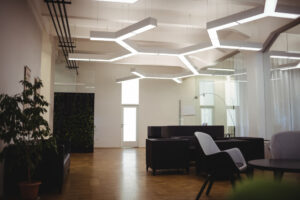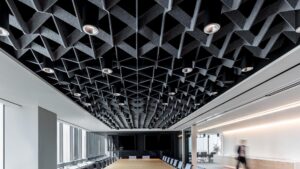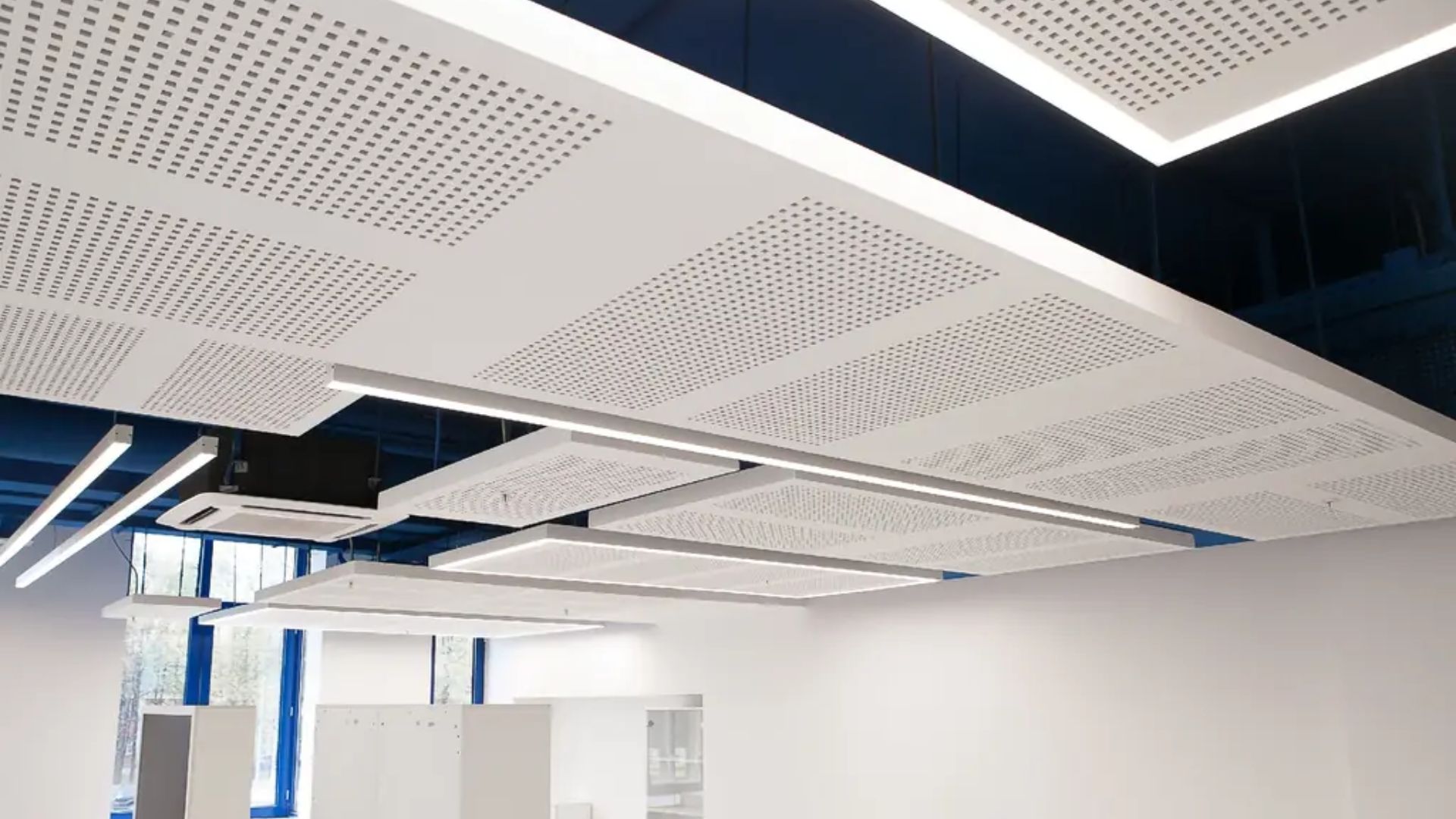
Introduction:
In the hustle and bustle of modern life, finding peace and quiet can be a challenge· Whether you’re working from home, enjoying a movie night, or simply trying to relax, unwanted noise can be a major disruption· One effective way to combat this issue is through soundproofing solutions, and acoustics ceiling materials stand out as a key player in creating a tranquil environment· In this blog, we will delve into the world of soundproofing, exploring various Acoustic Ceiling Materials and their potential to transform spaces into havens of serenity·
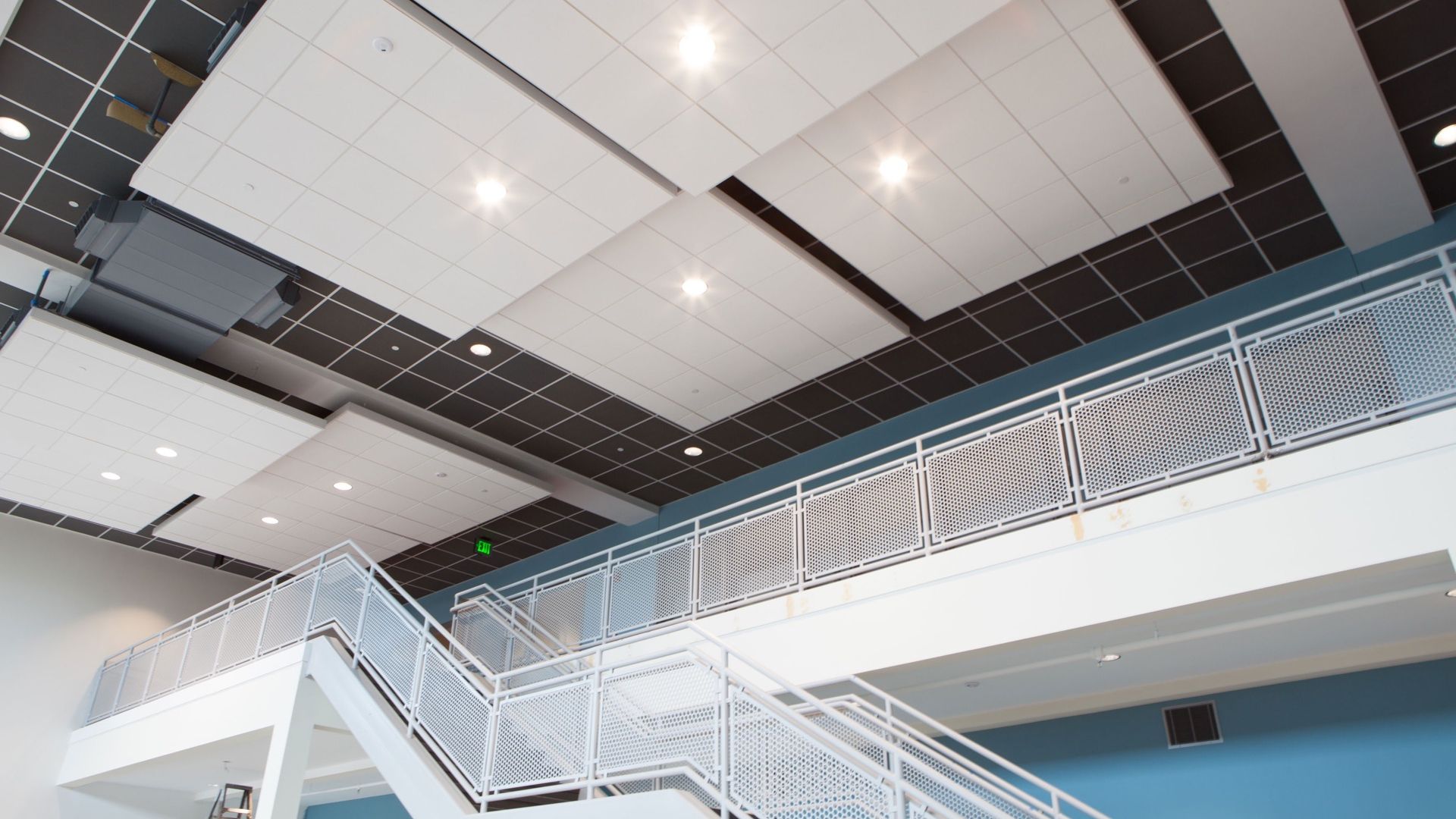
Understanding the Need for Soundproofing:
Before delving into specific acoustics ceiling materials, it’s crucial to understand why soundproofing is essential· Unwanted noise not only disrupts concentration and productivity but can also negatively impact mental and physical well-being· Whether it’s the noise from neighboring apartments, traffic outside, or even echoes within a room, finding ways to minimize and control sound is becoming increasingly important·
The Role of Acoustics Ceiling Materials:
Acoustics ceiling materials play a pivotal role in soundproofing solutions by absorbing, diffusing, and blocking sound waves· These materials are designed to enhance the acoustics of a space, reducing reverberation and preventing sound from traveling between rooms· From residential spaces to commercial environments like offices and theaters, acoustics ceiling materials offer a versatile solution to create quieter and more comfortable settings·
Popular Acoustics Ceiling Materials:
Acoustic Panels:
Acoustic panels are a widely used and effective solution for soundproofing ceilings· These panels are typically made from materials like foam, fabric-covered fiberglass, or perforated wood· They absorb sound waves, preventing them from bouncing off hard surfaces and causing echoes· Acoustic panels are not only functional but also come in various designs and colors, allowing them to seamlessly integrate into any interior·
Mineral Fiber Ceiling Tiles:
Mineral fiber ceiling tiles are another common choice for soundproofing· These tiles are made from mineral wool, a dense and fibrous material that effectively absorbs sound· Mineral fiber ceiling tiles are not only great for reducing noise but also offer fire-resistant properties, making them suitable for various applications, including commercial spaces·
Wooden Acoustic Ceilings:
Wooden acoustic ceilings combine aesthetic appeal with soundproofing functionality· These ceilings often feature slats or panels made from wood that effectively absorb and diffuse sound· Wooden acoustic ceilings are popular in spaces where a natural and warm aesthetic is desired, such as restaurants, conference rooms, and residential settings·
Metal Acoustic Ceiling Tiles:
Metal acoustic ceiling tiles are a durable and practical option for soundproofing in industrial or commercial settings· These tiles, typically made from perforated metal, allow sound waves to pass through and get absorbed by a layer of insulation behind the metal surface· This design is not only effective in reducing noise but also adds an industrial and modern look to the space·
Conclusion:
In the quest for tranquility in our living and working spaces, soundproofing emerges as a crucial consideration· Acoustics ceiling materials offer a versatile and effective solution to mitigate the impact of unwanted noise· Whether it’s the sleek appearance of metal tiles, the natural beauty of wooden panels, or the functionality of mineral fiber tiles, there’s a soundproofing option for every taste and application·
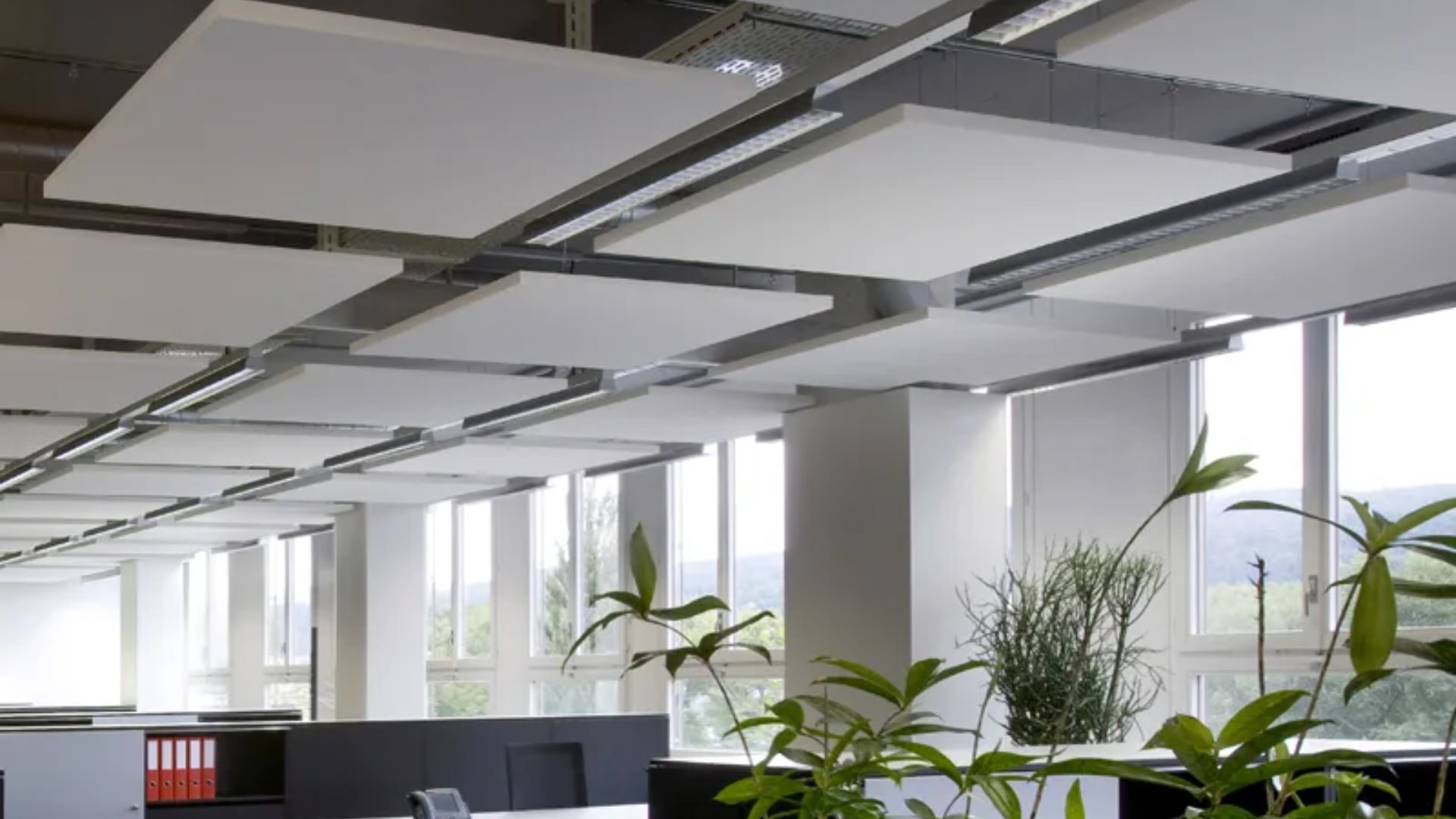
Investing in the right acoustics ceiling materials not only enhances the quality of sound within a space but also contributes to the overall aesthetics and functionality· As we continue to navigate the demands of the modern world, the importance of creating peaceful and comfortable environments cannot be overstated, and acoustics ceiling materials play a pivotal role in achieving this goal·

